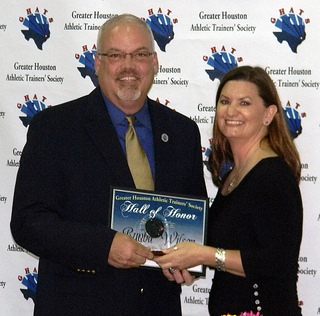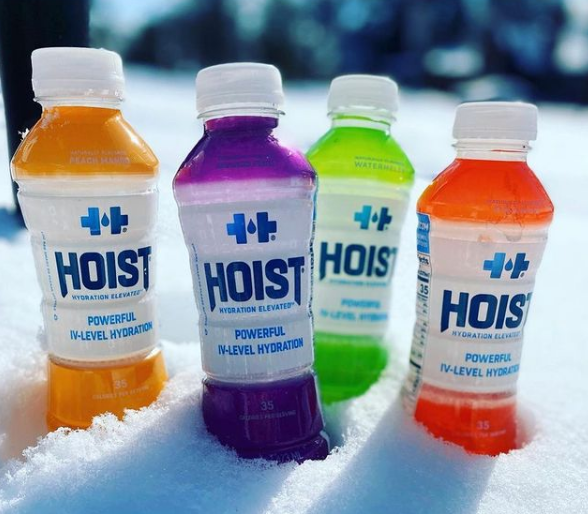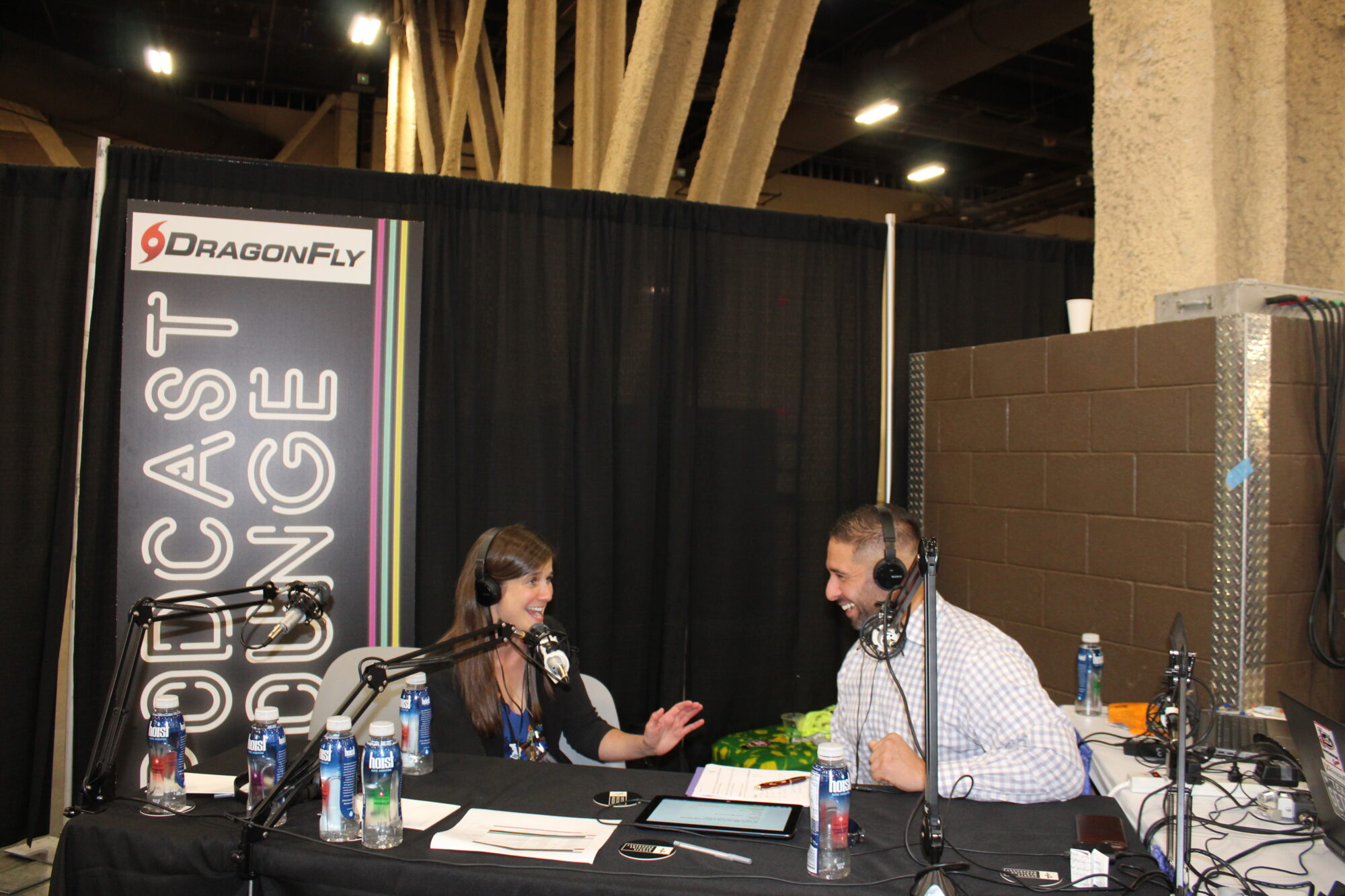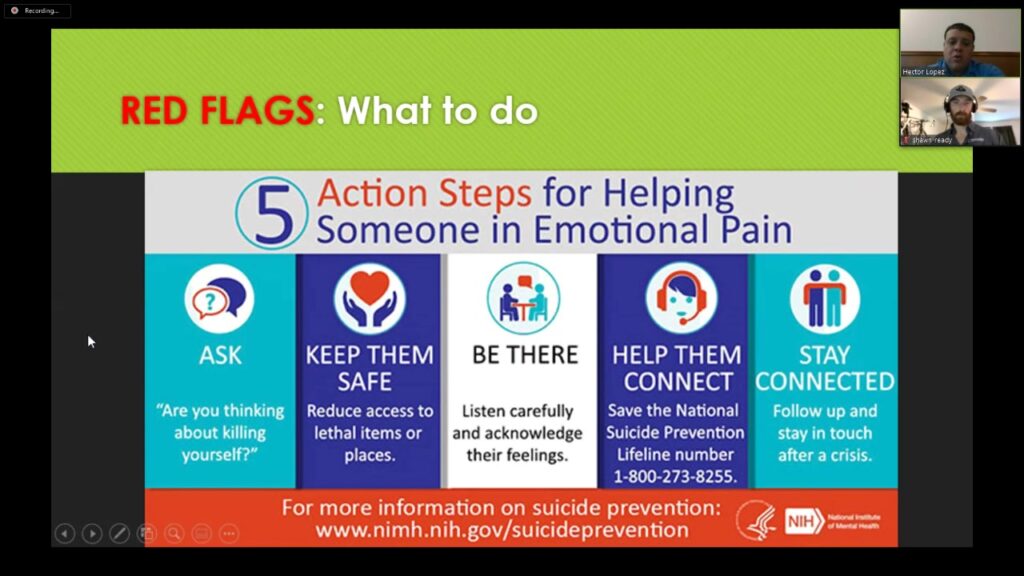Podcast: Play in new window | Download
Bubba Wilson discusses Crisis Behavior or Crisis Etiquette live from the Memorial Hermann Sports Medicine Update. He has been leading D6 in ATsCare since its inception and has learned a lot over the years.

Discussion topics:
- AT Cares
- Crisis Management
- CCISM Credential
- COVID Impact on AT Cares Program
- NATA Gather Program
- Mitigating Secondary Loss
Did crisis management help you be prepared for being inducted into the SWATA Hall of Fame?
AT Cares drove me there.
CCISM credential:
Certified Critical Incident Stress Management – Level 1 deals with individuals in crisis, the majority of AT Cares population. Level 2 deals with groups in crisis.
Began Crisis Management training in 2019.
AT’s managing grief:
Grief comes in at a later time, ATs have to finish the game/event after a critical injury/event.
AT Cares reaches out once notified to ensure assistance is provided where needed
NATA Gather Program Integration:
Young professionals can use NATA’s gather program to find mentors.
Crisis on campus – what is the best method to find that definite grief to counsel them?
Don’t counsel them. Listen. Refer out.
Soapbox Warning – What is step 1 in managing the secondary loss of loved ones?
Have affairs in order. Have a will, have life insurance. Have your burial wishes written down. Have the conversation. Have a list of your account usernames and passwords. Know how many death certificates you may need. Legal Zoom is a good resource. Make sure you constantly update your affairs. The primary loss will be exacerbated if we don’t handle our affairs.
Currently working on a presentation with AT Cares members regarding their experiences with loss and what they’ve learned along the way.
Thanks, Sydney Hayes for creating the Crisis Behavior show notes
Contact Us:
Jeremy Jackson
Shawn Ready – shawnreadyatc@gmail.com
Dr. Mark Knoblauch – maknobla@Central.UH.EDU
Dr. Layci Harrison – lharris5@Central.UH.EDU
Bob Marley – Bob.Marley@uth.tmc.edu
ATCornerPodcast – ATCornerds@gmail.com
Joseph Eberhardt – eberhardtj@pearlandisd.org
Christina Fry – fryc@pearlandisd.org
These people LOVE Athletic Trainers and help support the podcast:
Frio Hydration – Superior Hydration products.
Donate and get some swag (like Patreon but for the school)
HOIST – No matter your reason for dehydration DRINK HOIST
MedBridge Education – Use “TheSMB” to save some, be entered in a drawing for a second year free, and support the podcast.
Marc Pro – Use “THESMB” to recover better.


